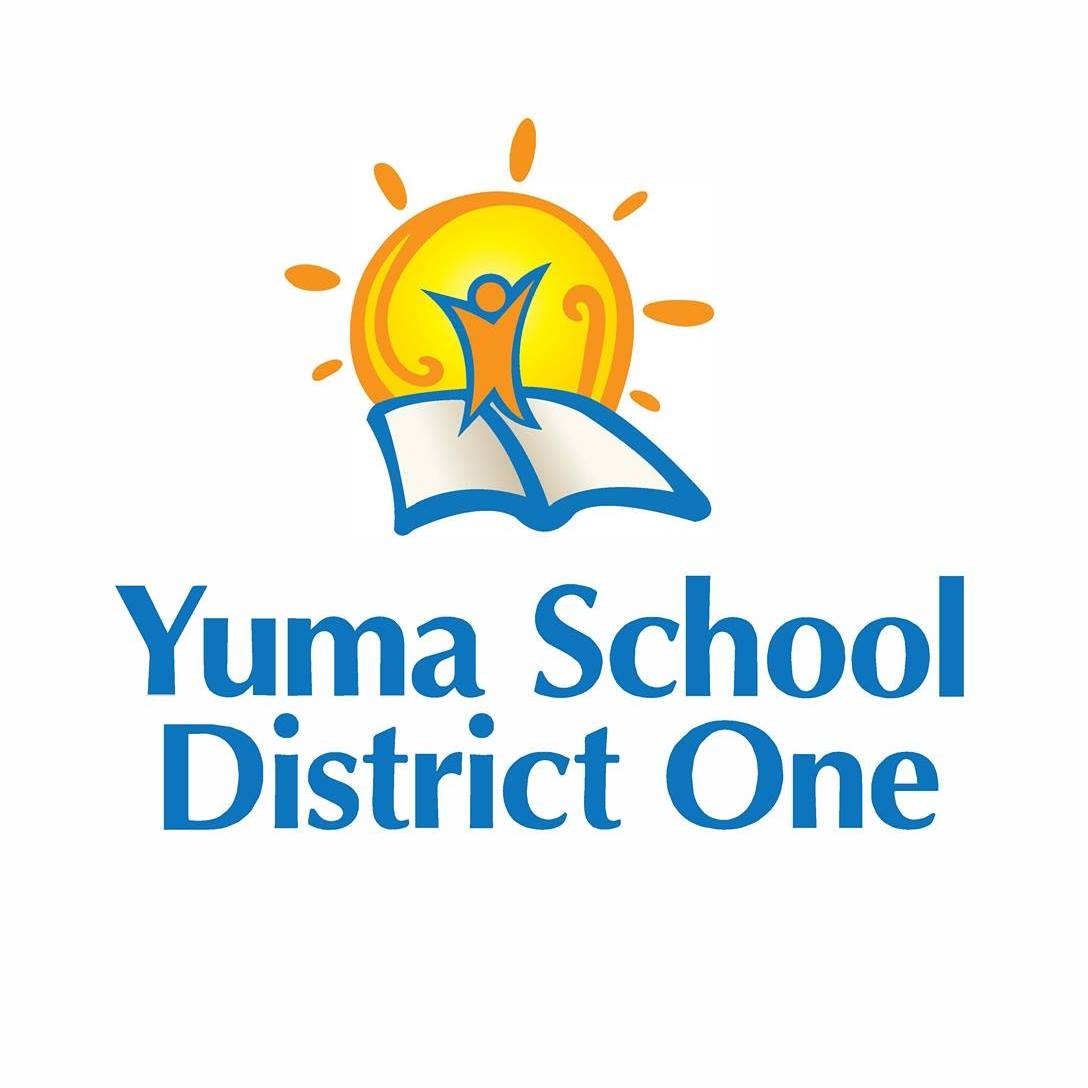
O.C. Johnson Elementary

O.C. Johnson Elementary School
Yuma Elementary School District | Yuma, Arizona
Most schools saw their third grade reading scores drop during the pandemic, but some school communities experienced its effects on learning more than others.
“We’re the safe space for a lot of kids,” said O.C. Johnson Principal Angela Logan, “so we were addressing a lot of needs that had nothing to do with academics during the pandemic. We know our kids, and we know when they’re healthy and happy and when they’re not. Sometimes the only meals they were getting were from us.”
- O.C. Johnson’s scores rebounded in recent years and soared past pre-pandemic levels in the most recent 2024 ELA assessment, with 72% of third graders at or above proficiency, well over the statewide average.
“Now that we’re a couple of years past (the pandemic), we’re seeing our trajectory go back up, because we’re able to focus on academics,” Logan said. “We’re able to focus on who we are now.”
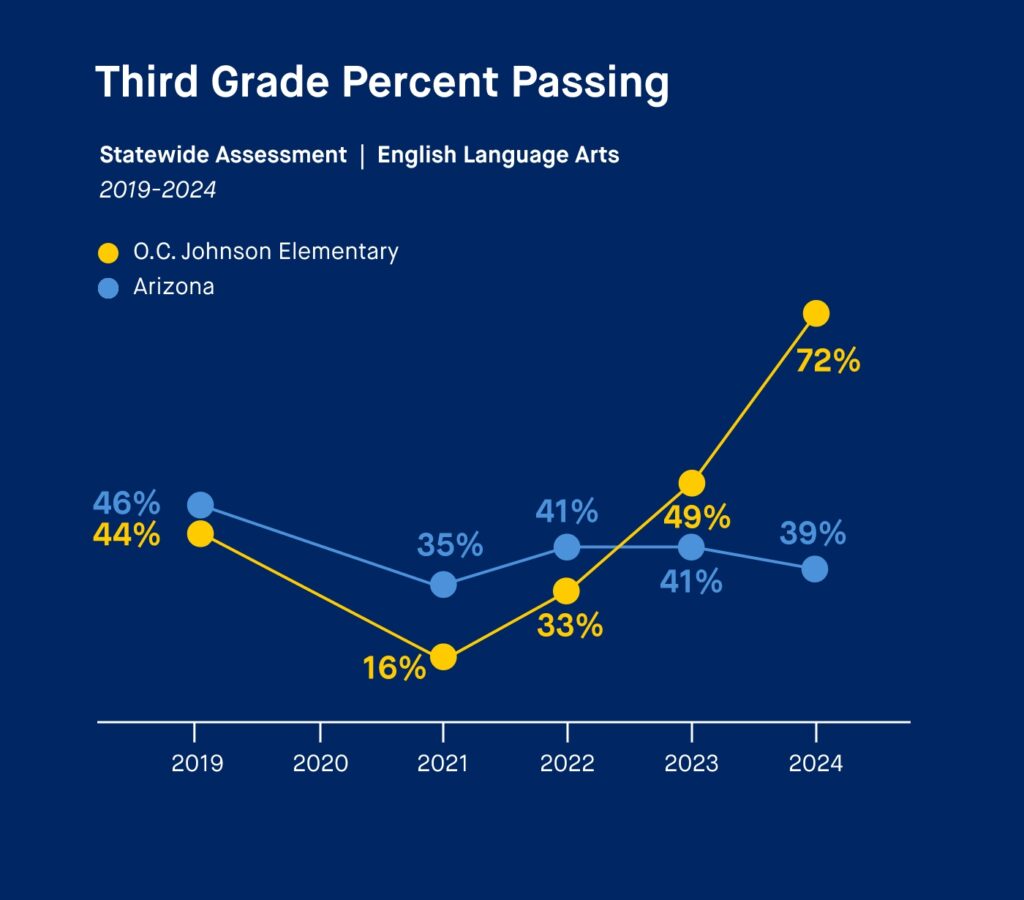
Read On Arizona sat down with several of O.C. Johnson’s leaders and educators to understand the strategies that have contributed to the school’s amazing improvement in student achievement.
- Meeting the instructional needs of each student.
- Maximizing learning time.
- Providing high quality preschool.
- Engaging families to support student learning.
What key factors drove O.C. Johnson’s success?
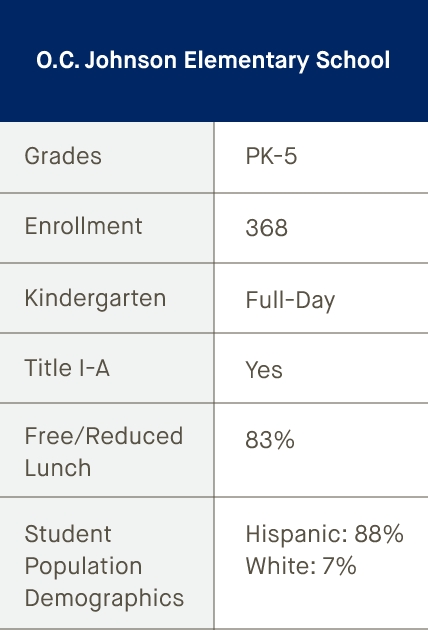
O.C. Johnson Elementary is part of Yuma Elementary School District One that serves primarily hispanic and economically-disadvantaged students. Read On Arizona met with several of the school’s experienced educators:
- Angela Logan, Principal
- Yadira Hom, Third Grade Teacher
- Gisela Ibarra, Preschool Teacher
- Sara Lee, Home Liaison
- Noel Morago, Kindergarten Teacher
- Isaura Trevino, Reading Specialist
- Kayla Yancey, First Grade Teacher
They highlighted the following factors as crucial to their student’s success in third grade reading:
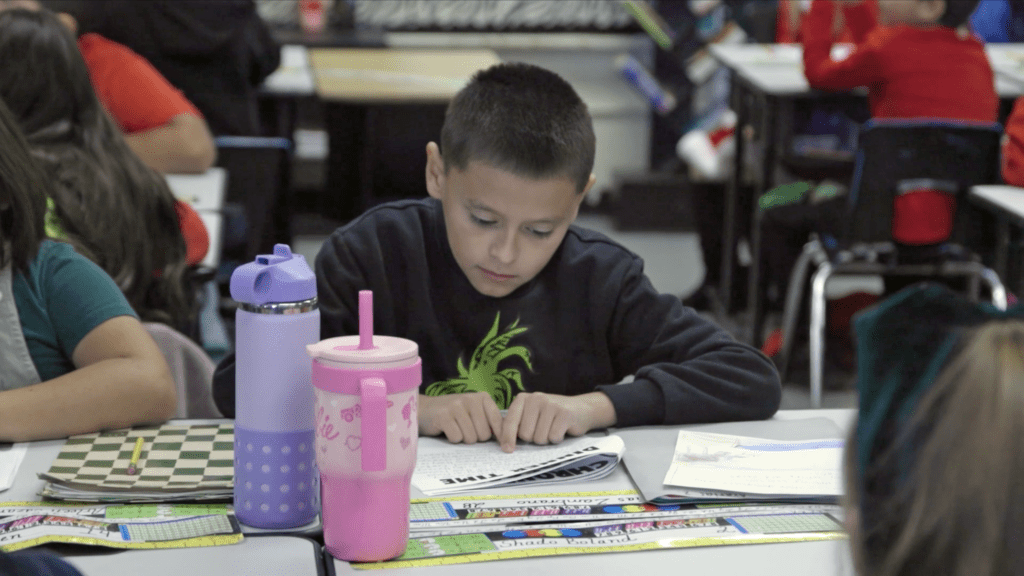
- Meeting the instructional needs of each student.
K-3 reading instruction at O.C. Johnson is targeted to meet each student’s specific learning needs, including rigorous Tier 1 instruction. Classroom teachers form students into groups based on data “so kids are getting exactly what they need,” said Principal Angela Logan. “It’s not just a blanketed approach. Small group instruction is happening daily.”
The school’s core curriculum is implemented with fidelity and supplemented with additional programs, such as 95 Percent Phonics, identified by the school’s experienced educators. “It’s missing a lot of things,” said kindergarten teacher Noel Morago, “but I’m a seasoned teacher, so I know how to fill those gaps.”
Teachers use data from ongoing progress monitoring to put students into “acceleration groups” to work on improving foundational skills. These pull-out intervention groups are fluid and change as needed.
“We try to have between 4 to 6 kids in a group, and we are moving kids depending on how they are progressing with a specific skill,” said Isaura Trevino, the school’s reading specialist. “They need a lot of repetition. 95 Percent helps us to build a strong foundation in phonological awareness and also phonics.”
"Small group instruction is happening daily."
Progress monitoring is used to form classroom groups in kindergarten. “We look at Acadience data and see who needs help with letter naming, who’s struggling with nonsense words, seeing the letter and saying the sound. And we form those groups,” Morago said. The school also groups kindergarten students who are already at benchmark so they can start on beginning reading and writing, “to introduce more first grade things, because they’re ready. So we're really trying to reach all kids, not just the low readers.”
Third grade teacher Yadira Hom also uses Acadience data to form groups. Students in the lowest group get extra support two or three times per week, and all students practice fluency “every single day,” Hom said. “We use so many supplementals. We do progress monitoring. That shows us that, yes, we need to practice every single day to achieve the goal.”
Collaboration and communication among educators is crucial to helping students develop the language and literacy skills they need to be proficient readers.
“I think one of the best parts of our school is the way that our teams work together, informally and formally, to help our kids,” Logan said. “Conversations are happening at our CTMs (collaborative team meetings) every other week, but they’re also happening every day. Mrs. Trevino keeps teachers informed on how students are progressing, and our grade level teachers talk constantly about how the kids are doing, what they're using, sharing resources. Honestly, it's a pretty special thing.”
Educators at O.C. Johnson also collaborate with a shared district-level literacy coach and instructional coaches. “They’re modeling for our teachers. They analyze data together. So those conversations are also happening between teachers and the coaches,” Logan said.
- Maximizing learning time.
O.C. Johnson Elementary utilizes AVID strategies and resources to help students build strong academic habits and take ownership of their learning.
“A big piece of that is organization of their materials and time,” Logan said. “It helps maximize instructional time in the classroom. Obviously, the more time we have with strong instruction, the more students are going to learn.”
Teachers incorporate strategies focused on writing, inquiry, collaboration, organization, and reading (WICOR) to build skills that support college and career readiness.
"When they come into the classroom, they know it’s about reading."
Students across grades develop a shared vocabulary for classroom learning strategies, such as turn-and-talk in kindergarten or reciprocal teaching in third grade. “They know what to expect,” Hom said, “and they’re able to collaborate and communicate with each other” in positive, productive ways.
The school’s culture of learning and responsibility keeps students engaged and focused. “When they come into the classroom, they know it’s about reading,” Trevino said. “They know that we only have 30 or 40 minutes in an acceleration group, so it’s, ‘Let’s move!’”
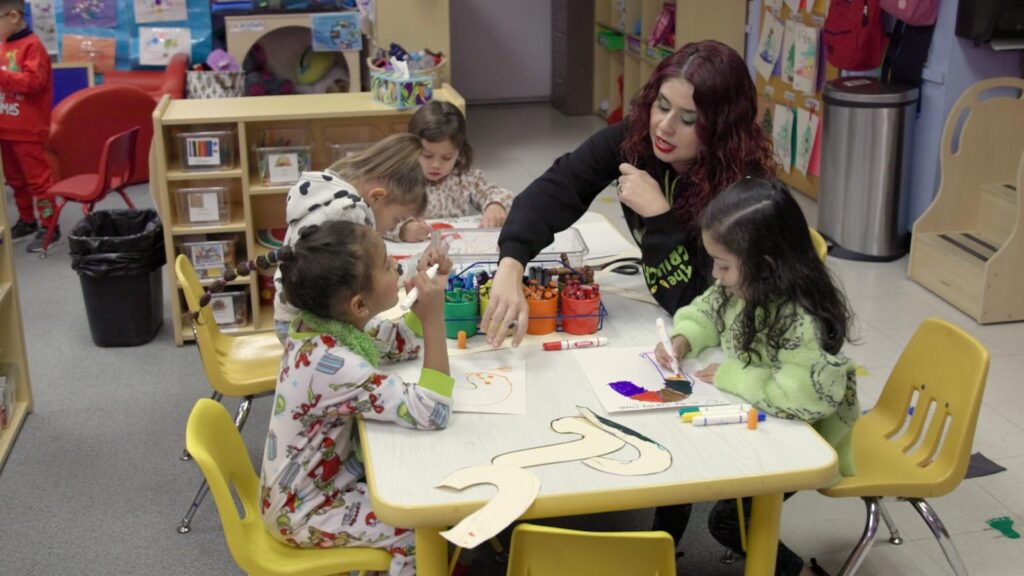
- Providing high-quality preschool.
O.C. Johnson Elementary includes a pre-K classroom that has consistently outperformed the state average on language and literacy benchmarks; 93% of its exiting preschoolers met or exceeded age-level expectations in 2022.
Read our recent case study about O.C. Johnson Preschool.
“Kindergarten teachers can see the difference,” said Ms. Ibarra, the school’s lead preschool teacher. “Those kids are more ready to learn than the kids who are coming straight from home” without any preschool experience. “They know how to hold the pencil, how to identify letters, and how to follow routines.”
“They’re coming in with language and literacy skills that others aren’t,” Logan added. “And they also understand their role in a school community.”
Kindergarten teacher Morago sees great value in O.C. Johnson’s approach to including preschoolers in the whole school experience. “They have ownership,” she said. “‘This is my school. This is my playground. This is my cafeteria lady who knows I like peanut butter and jelly or carrots with ranch.’ From the beginning, they feel like this is where they belong, and we are going to help you succeed.”
"It’s built from the preschool all the way through."
The preschool is the foundation of the school’s strong early grades program, all of which fuel its third grade reading success. “They come in (to kindergarten) strong, and we make them stronger,” Logan said. “Our data for K, first, and second are very high, which carries into third. It’s built from the preschool all the way through."
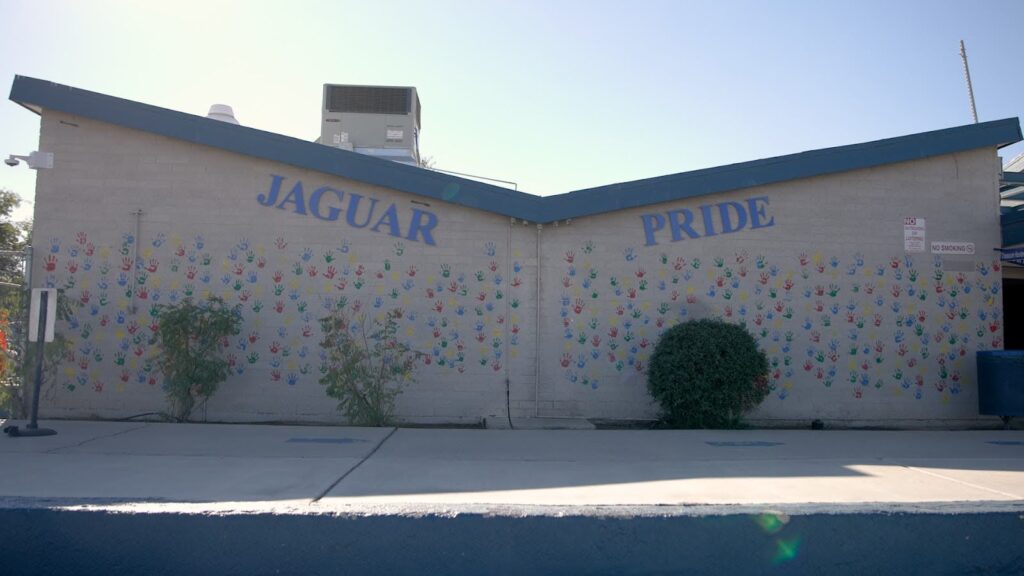
- Engaging families to support student learning.
Strong relationships with families are another strength at O.C. Johnson.
“We’re dealing with a lot more turnover, more poverty” than in past years, Morago said. “We know that if you help the parents, you help the kid.”
The school’s PACT (Parent and Child Together) Time program, coordinated by the family literacy specialist — “Miss Salasibarra is absolutely amazing,” Logan said — brings parents into the classroom and engaged in their child’s learning. “We want them in there with a purpose. They are essentially learning alongside their kiddo so they can see what’s going on, and they build skills to help their student at home. It’s not distracting to anybody, and it’s beneficial to the parent, the student, and the teacher.”
Open communication with families also helps prevent school absences that can prevent students from making academic progress. Messaging on the importance of regular school attendance starts from kindergarten.
“Those parents may be new to the school system,” said Sara Lee, the school’s home liaison, “so we talk to them and let them know how important it is for a child to be at school every single day. It’s all about communication.”
The school also works to address underlying causes of chronic absence with both formal processes and informal, relationship-based approaches.
“It takes the teachers, the office staff, it takes everybody,” Lee said. “And it’s not judgmental. It’s ‘How can we help you?’”
"We let them know how important it is for a child to be at school every single day."
When absences begin to pile up, the school meets with families and has honest conversations. “We don’t sugar coat it,” Logan said. “We might need to say, ‘Your child is missing out because of your choices,’ and most of the time they see that we’re really trying to help their kids. We’re able to do that because of the relationships we’ve built with them.”
O.C. Johnson’s literacy success story is ultimately the result of the hard work and care of its extraordinary educators. Test scores inevitably vary from year to year, but the school is confident it is on the right path to help its young students develop their reading potential.
“It's a special place here at O.C. Johnson,” said Principal Angela Logan. “We're unique, for sure. We do a lot of things in our own way, and a lot of outside the box thinking, but it seems to be working for us, so we're staying with it.”